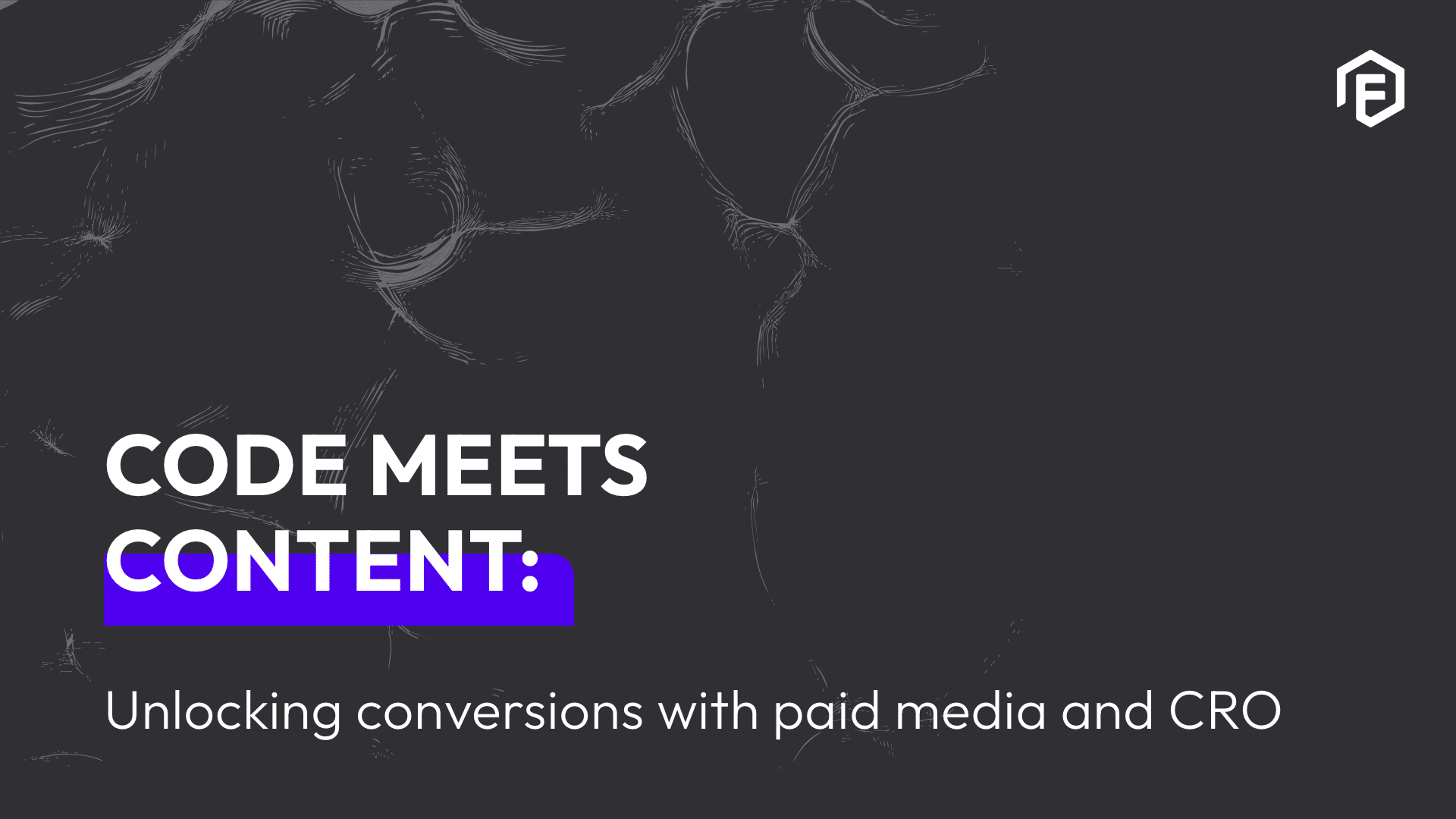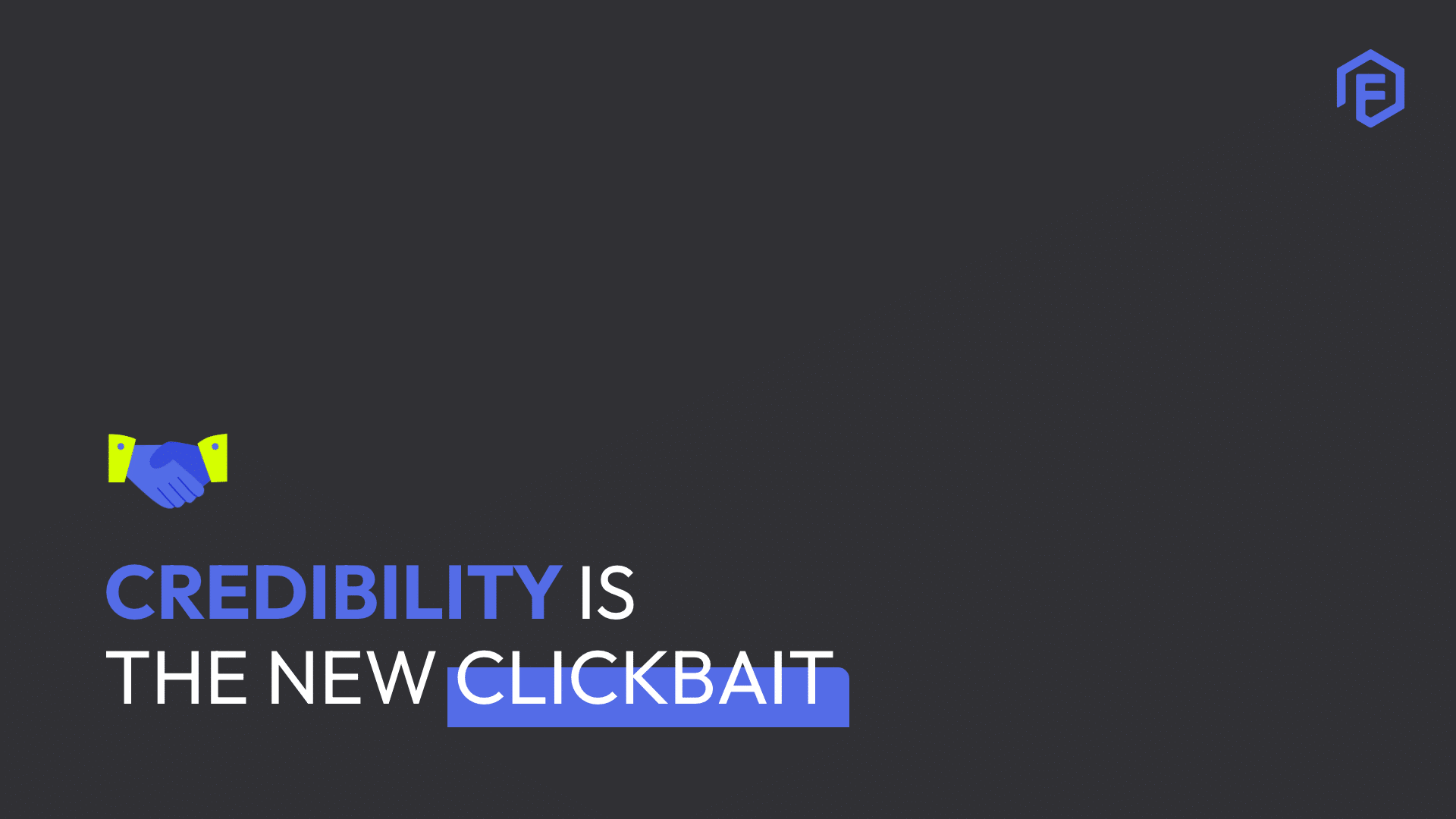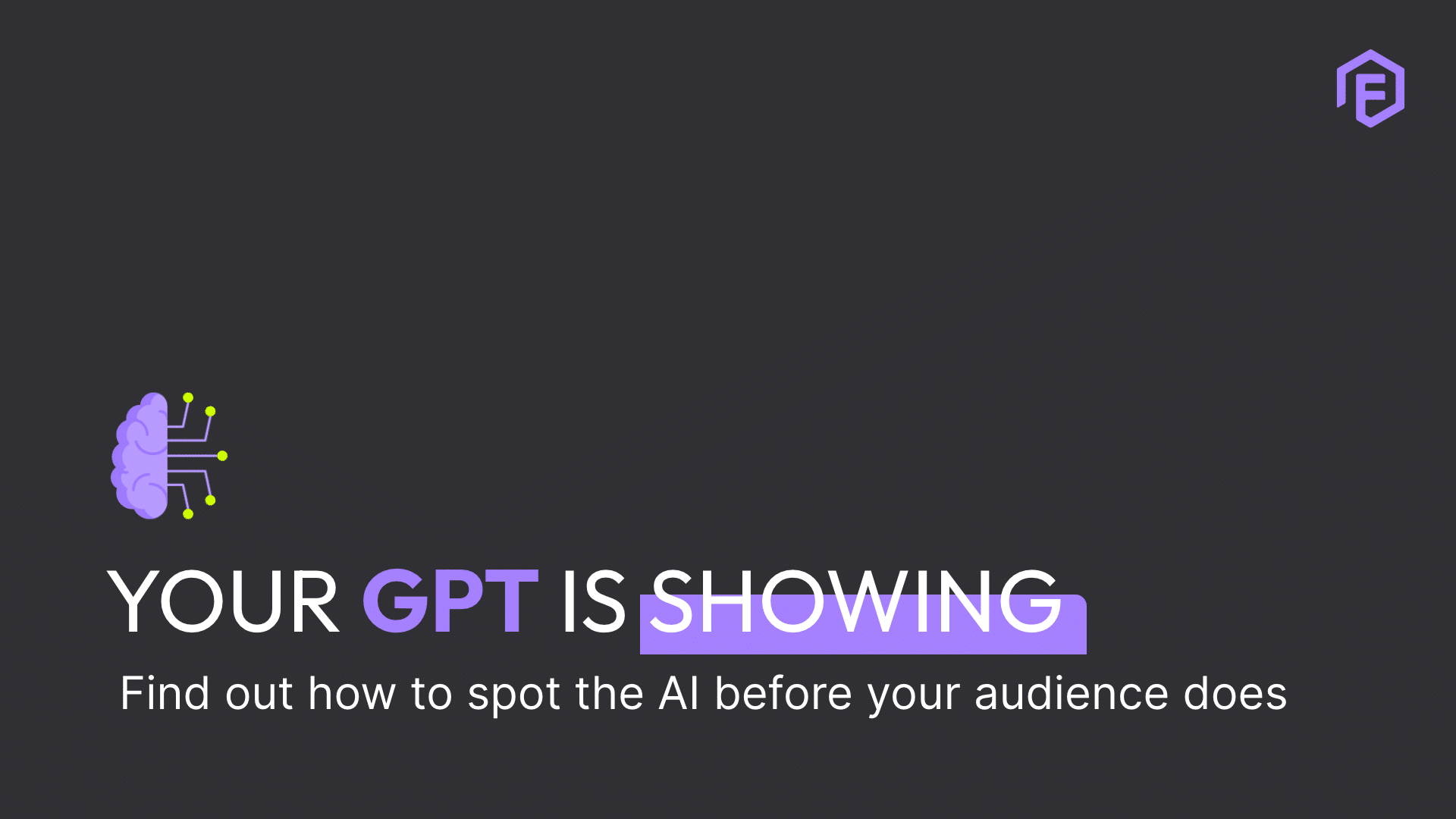Is there a difference between advertising and content? If so, what is it?
This isn’t a new discussion, but it is one that has become increasingly important as organisations become more immersed in the digital realm. Within this new, cluttered communications landscape, it has become exceedingly difficult to make a brand stand out.
To get to the root of the issue, we first need to understand what the terms ‘advertising’ and ‘content’ mean. Only then can we unravel if there is, in fact, a difference between the two, and how the digital era affects this.
I crowd-sourced intriguing answers from those working in the advertising industry. What’s interesting is how such different descriptions all contain a degree of truth.
Image Credit: Nanigans
WHAT IS CONTENT?
The Cambridge Dictionary defines content as “the subject or ideas contained in something written, said, created or represented”.
One interviewee agreed, describing content as a synonym for communication, noting that it’s “everything we wish to communicate with others” and that it can be communicated in different forms, “from written text to video or pictures”. Another saw it as “information a person derives value from, with the medium being irrelevant”.
Content was also described as “the assets that plug into advertising”, while another took that definition a step further, seeing it as a set of rules or “guidelines to be followed when creating collateral (like artwork or copy) to be used in advertising”.
WHAT IS ADVERTISING?
Advertising is both the “pictures, signs, pieces of film, etc. that are used to advertise products and services” and “the activity of making products or services known about and persuading people to buy them”, according to the Cambridge Dictionary.
Many agreed, in one sense or another, with one interviewee describing it as “the act of putting the correct messages in front of the right people at the right time and in the right place”, with another saying it’s about “selling a brand using a specific message”, adding that this helps “solve a problem a brand has” in connecting with their client base.
One person also described it as “the communication channels that are used within a marketing campaign”, while another two agreed, noting advertising is “the method through which content is displayed with the purpose of influencing opinions” and that it is “the vehicle that drives/enables the content”.
IS THERE A DIFFERENCE?
When this question was put to my sample group, the overwhelming response was yes, there is a difference – content is willingly consumed, while advertising is disruptively consumed.
However, I’d argue that both advertising and content are a means to achieving a goal and, to this end, they are, in fact, not so different after all.
Think about a piece of advertising, such as a beautifully crafted YouTube video on dental floss. The video explains that flossing my teeth twice a day can prevent gum disease later in life, which would be painful and costly to treat. Could this not be considered content? It is providing information, which is the goal of content. The content is valuable to me and, as such, is willingly consumed. The video is still advertising, though, because it’s trying to persuade me to buy a product, which is the goal of advertising. To act on this valuable information and prevent gum disease, I’d need to buy floss.
Our approach to brand communications needs to change in the digital era. Advertising needs to become content; it needs to provide value whether that be a light-hearted smile, an educational piece of information or a stimulating break in my busy day, while trying to persuade me to buy into the product or service on offer.
Brand utility comes to mind. Regardless of what you label it, you need to be adding value to your consumers’ lives to persuade them to do something you want them to do, because they are spoilt for choice.
The communications landscape has changed and so the way in which we communicate needs to change too. Back to old adage: “don’t tell me you’re funny; make me laugh.”



